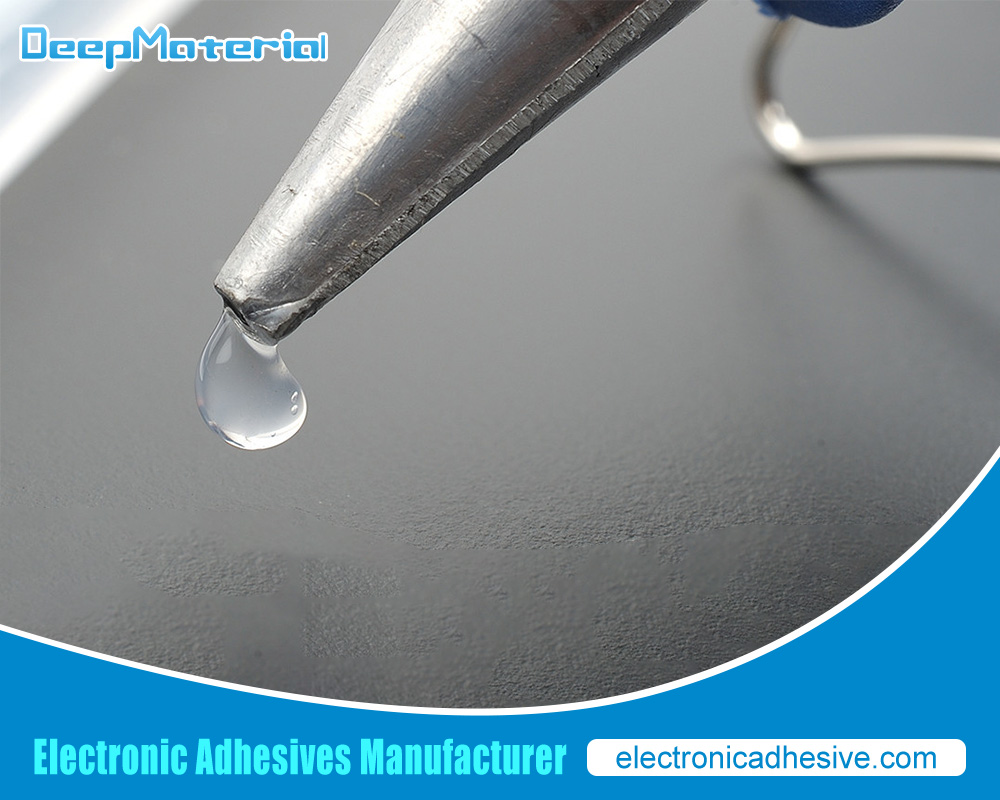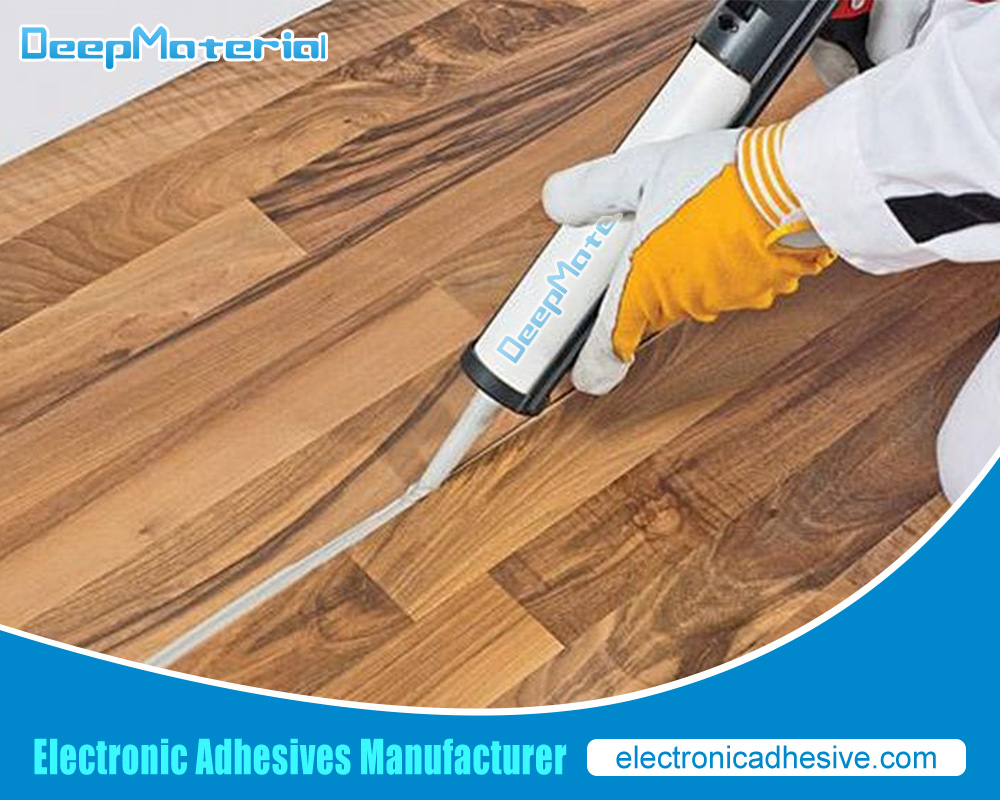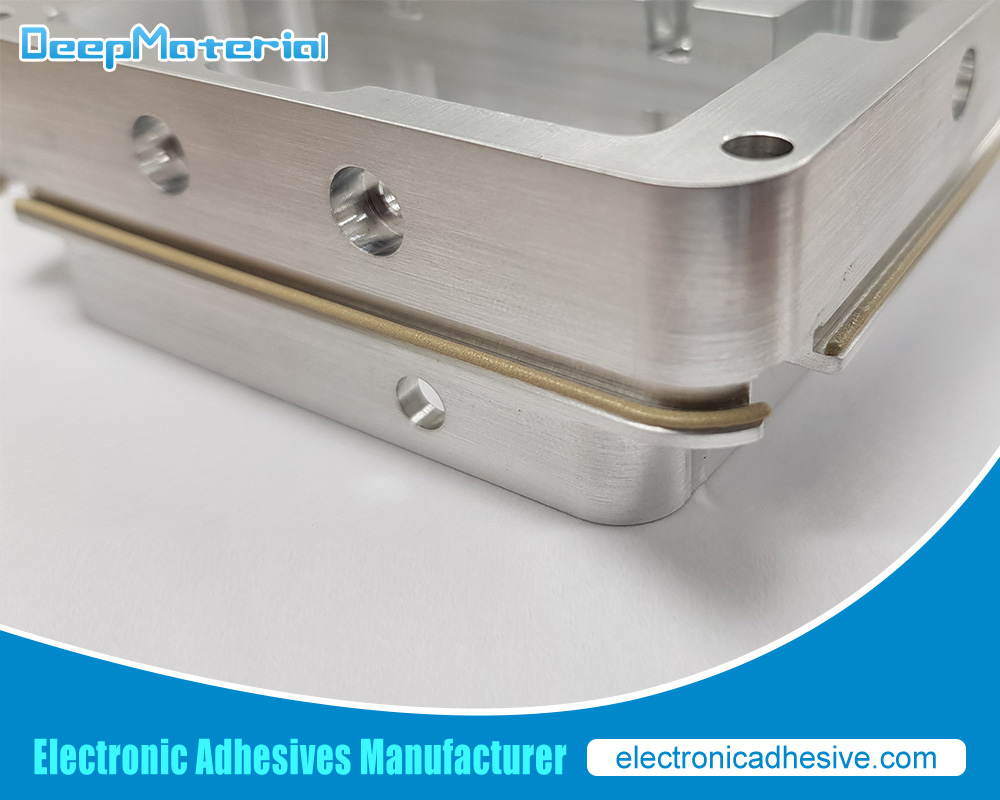Automatic Fire Suppression Materials: An In-Depth Overview
Automatic Fire Suppression Materials: An In-Depth Overview
Fire safety is a critical concern for both residential and commercial properties. Among the various fire protection systems, automatic fire suppression materials play a crucial role in mitigating the damage caused by fire. These materials are designed to detect and suppress fires automatically, minimizing the need for human intervention and potentially saving lives and property. This article explores automatic fire suppression materials, including their types, functions, advantages, and applications.
Types of Automatic Fire Suppression Materials
Automatic fire suppression systems use various materials to detect and extinguish fires. Each type of material has unique properties and applications. The primary categories of automatic fire suppression materials include:
- Water-Based Suppression Systems
Water-based suppression systems are the most common type of automatic fire suppression systems. They use water as the extinguishing agent, and the systems include:
- Sprinkler Systems: Sprinkler systems are widely used in buildings and industrial facilities. They consist of a network of pipes with sprinkler heads installed throughout the area. When a fire is detected, the sprinkler heads activate and release water to extinguish the flames. Sprinkler systems can be further classified into wet pipe systems, dry pipe systems, pre-action systems, and deluge systems, each suited for different environments and fire risks.
- Water Mist Systems: Water mist systems use fine water droplets to suppress fires. These systems are effective for cooling and extinguishing fires, especially in areas where water damage needs to be minimized. They are commonly used in high-value asset protection and areas with sensitive equipment.
- Foam-Based Suppression Systems
Foam-based suppression systems use foam as the extinguishing agent. Foam systems are adequate for suppressing flammable liquid fires and creating a barrier that prevents the re-ignition of flames. There are several types of foam-based systems:
- Aqueous Film-Forming Foam (AFFF): AFFF creates a film on the surface of flammable liquids, suppressing the release of vapors and extinguishing the fire. It is widely used in aviation, petrochemical, and marine industries.
- Alcohol-Resistant Foam (AR-AFFF): AR-AFFF is designed to suppress alcohol-based fires and other polar solvents. It forms a protective barrier that prevents the spread of flames and reduces vapor release.
- Protein Foams: Protein foams are derived from natural proteins and are effective for suppressing hydrocarbon fires. They are often used in fire suppression systems for storage tanks and industrial facilities.
- Chemical-Based Suppression Systems
Chemical-based suppression systems use various chemicals to extinguish fires. These systems are typically used in environments where water or foam may not be suitable. Some standard chemical-based suppression systems include:
- Dry Chemical Systems: Dry chemical systems use powders such as sodium bicarbonate, potassium bicarbonate, or monoammonium phosphate to suppress fires. These powders interrupt the chemical reaction of the fire and are commonly used in industrial and automotive applications.
- Clean Agent Systems: Clean agents are chemical compounds that extinguish fires without leaving residue. Examples include halon alternatives like FM-200 (heptafluoropropane) and Novec 1230 (1,1,1,2,3,3,3-heptafluoropropane). These agents are effective for protecting electronic equipment and data centers.
- Gaseous Suppression Systems
Gaseous suppression systems use gases to suppress fires by reducing oxygen concentration or interfering with combustion. The main types include:
- Inert Gas Systems: Inert gases like nitrogen, argon, and carbon dioxide displace oxygen and suppress fires. These systems are commonly used in data centers, archives, and other areas with sensitive equipment.
- Clean Agent Systems: Clean agents, as mentioned earlier, are also used in gaseous suppression systems. They provide a non-damaging and residue-free option for protecting valuable assets.

Functions and Mechanisms
Automatic fire suppression materials work through various mechanisms to detect and suppress fires. These mechanisms can be categorized into detection and suppression functions:
- Detection Mechanisms
- Heat Detection: Heat detectors sense temperature changes caused by a fire. These detectors can be based on fixed temperature thresholds or rate-of-rise principles. The system activates the suppression mechanism when the temperature exceeds a predefined level.
- Smoke Detection: Smoke detectors use optical or ionization sensors to detect smoke particles in the air. When smoke is detected, the system triggers the suppression system. Smoke detectors are commonly used in residential and commercial buildings.
- Flame Detection: Flame detectors use infrared or ultraviolet sensors to detect the presence of flames. They are instrumental in high-risk areas where fires can develop rapidly.
- Suppression Mechanisms
- Activation: When a fire is detected, the suppression system activates automatically. The detection of heat, smoke, or flames can trigger the activation. In some systems, activation may also be manually initiated by personnel.
- Discharge: Once activated, the suppression system discharges the extinguishing agent, such as water, foam, or chemicals. The agent is delivered through pipes, nozzles, or other mechanisms designed to cover the fire area effectively.
- Monitoring and Control: Modern automatic fire suppression systems have monitoring and control features that allow for remote management and diagnostics. These systems provide real-time information about the status of the suppression system and any alarms triggered.
Advantages of Automatic Fire Suppression Materials
Automatic fire suppression materials offer several advantages over manual fire-fighting methods:
- Rapid Response: Automatic systems can detect and suppress fires much faster than manual intervention. This rapid response reduces the potential for fire spread and minimizes damage.
- Minimal Human Intervention: Automatic systems operate without human intervention, reducing the risk of human error and ensuring consistent protection.
- Protects Valuable Assets: Automatic fire suppression materials are precious for protecting high-value assets, sensitive equipment, and data centers where traditional fire suppression methods may not be suitable.
- Reduces Downtime: By quickly suppressing fires, automatic systems help minimize downtime and operational disruptions, which is crucial for businesses and industries.
- Increased Safety: Automatic fire suppression systems enhance safety by providing early detection and suppression, reducing the risk of injury or loss of life.
Applications of Automatic Fire Suppression Materials
Automatic fire suppression materials are used in a wide range of applications across various industries:
- Commercial Buildings: In commercial buildings, automatic fire suppression systems are installed in offices, retail spaces, and public areas to protect occupants and property.
- Industrial Facilities: Industrial facilities, including manufacturing plants and warehouses, use automatic fire suppression systems to safeguard equipment, raw materials, and finished products.
- Data Centers: Data centers rely on clean agents and gaseous suppression systems to protect valuable electronic equipment and critical data.
- Marine and Aviation: Foam-based and gaseous suppression systems are used in marine and aviation applications to protect ships, aircraft, and related facilities from fires.
- Residential Properties: In residential properties, sprinkler systems, and smoke detectors provide essential fire protection and enhance safety for occupants.
Challenges and Considerations
While automatic fire suppression materials offer significant benefits, there are also challenges and considerations to keep in mind:
- Cost: Automatic fire suppression systems’ installation and maintenance costs can be high. However, the long-term benefits often outweigh the initial investment.
- Maintenance: Regular maintenance and testing are essential to ensure automatic fire suppression systems function correctly. Neglecting maintenance can lead to system failures when needed.
- Compatibility: Choosing the correct type of suppression system for a specific application is crucial. For example, using water-based systems in areas with sensitive electronics can cause damage.
- Environmental Impact: Some suppression agents, such as halon, have environmental concerns due to their ozone-depleting properties. Modern systems use more environmentally friendly alternatives.

Conclusion
Automatic fire suppression materials are an integral part of modern fire protection systems. They offer rapid response, minimal human intervention, and adequate application protection. Understanding the different types of suppression materials, their functions, and their advantages helps select the appropriate system for specific needs. As technology advances, developing more efficient and environmentally friendly fire suppression materials continues to enhance fire safety and protection.
For more about choosing the Top Automatic Fire Suppression Materials: An In-Depth Overview, you can pay a visit to DeepMaterial at https://www.electronicadhesive.com/ for more info.











